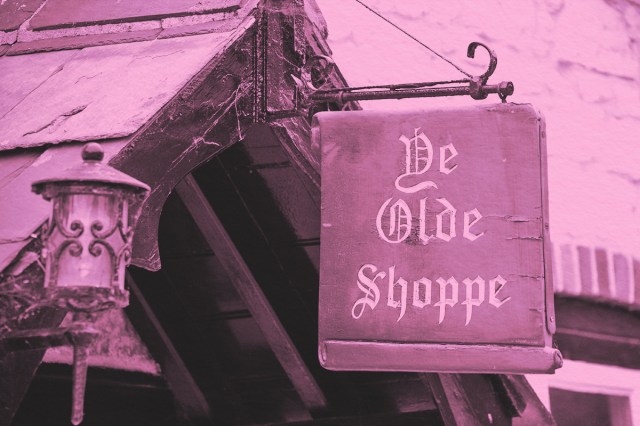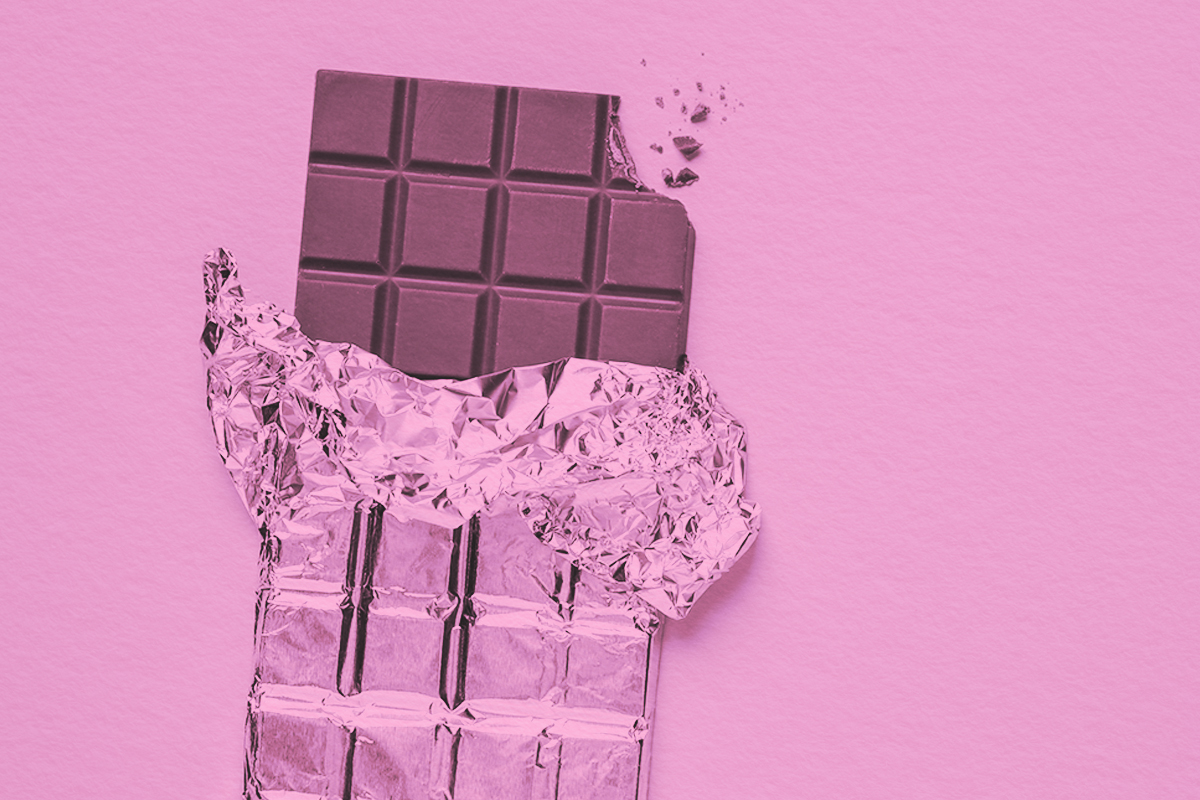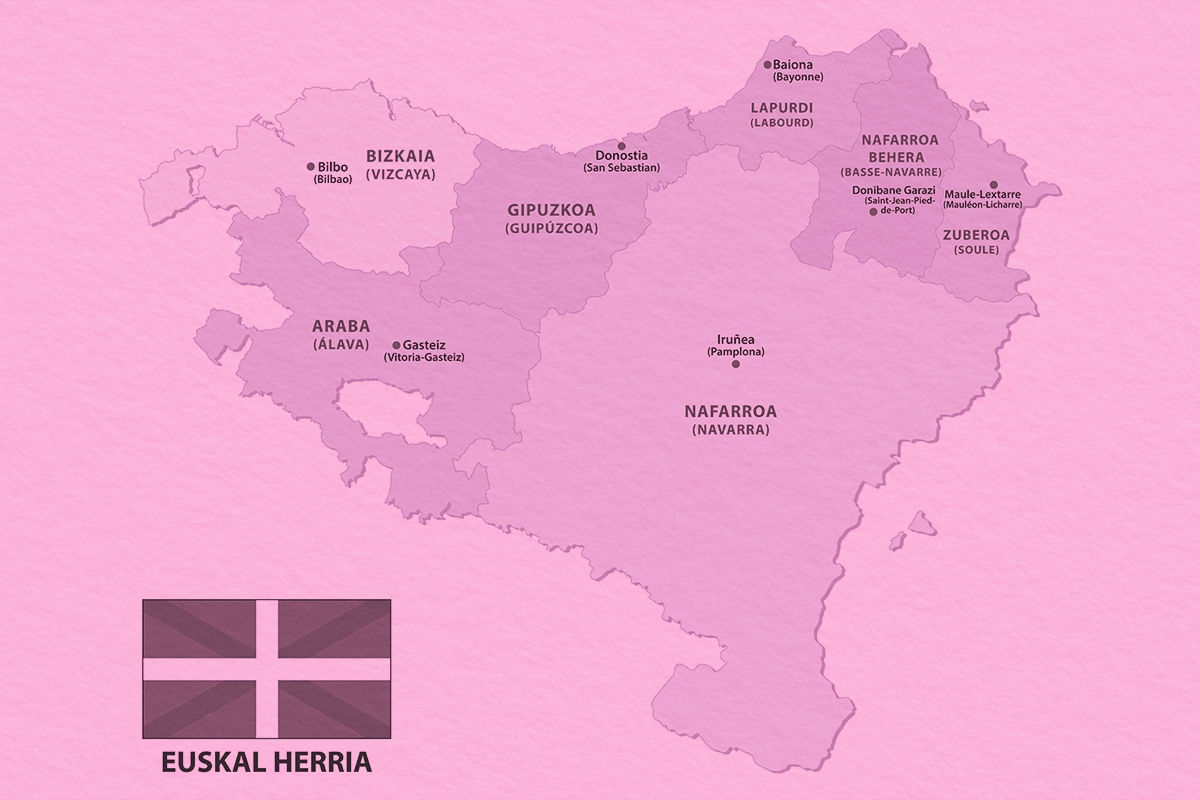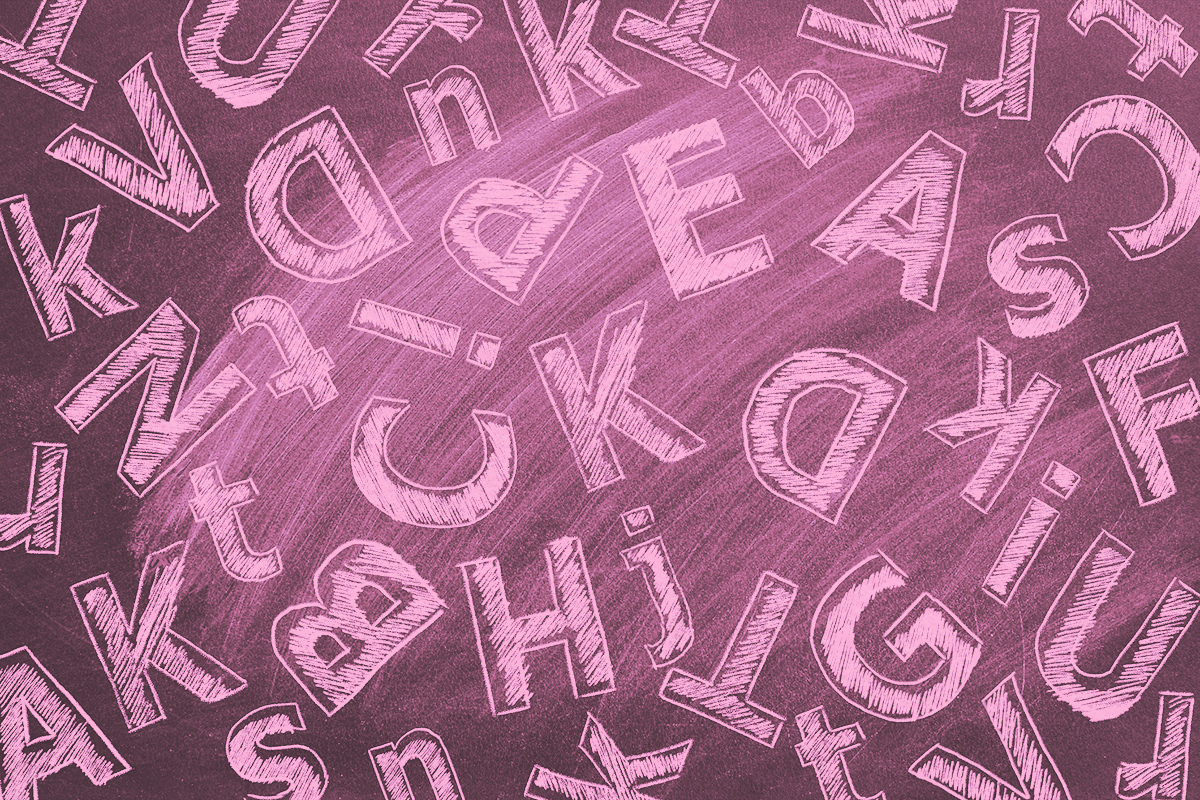
When a business wants to evoke a sense of nostalgia, they might pick the name “Ye Olde Shoppe.” Similarly, a pint in “Ye Olde Tavern” is sure to be accompanied by some old-timey decorations. The use of “ye olde” as an advertising tactic is appropriate because even though it seems like something from the lexicon of Old English speakers, it was actually coined in the 1850s for commercial purposes.
There’s also the issue of pronunciation. To our modern eyes and ears, “ye olde” seems like it would be pronounced “yee old” or even “yee old-ee.” But if we followed Old English rules, from which this expression originated, it would be pronounced with the “y” sounding like “th”: “thee old.” In Old English, the alphabet was different than it is today. Instead of a “Y,” a letter called a thorn (þ) was used in many words, and it was pronounced with a “th” sound. While “ye olde” wasn’t in use until the 1850s, the word þe, pronounced “thee,” was in Old English.
When it comes to “olde,” the “-e” at the end is silent, just as it is in “shoppe,” another word that’s been given the old-fashioned treatment for the sake of advertising.






















